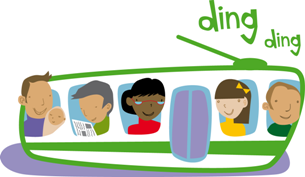PUBLIC
spending on roads, rail and power stations is collapsing to levels not seen
since 2006, posing a threat to the country's falling productivity.
A
new quarterly survey of the country's biggest construction companies compiled
by Infrastructure Partnerships Australia and BIS Shrapnel, shows how the
two-speed economy is distorting infrastructure expenditure - with headline
national figures propped up by massive investment in mining projects.
The
March metric reveals that outside of mining, key spending has fallen to its
lowest levels in seven years. Non-mine commitments fell back to an index of
82.9 in the quarter, well below the average of 113. Transport infrastructure
was the worst hit, falling to 68.7 as state governments reduced their
commitment to roads and rail as they continued to cut spending to protect their
AAA credit rating, or in Queensland's case tried to restore it.
Of
the $27 billion of infrastructure spending under way at the end of the March
quarter, more than $20 billion is privately funded, with most of that dedicated
to private mining related projects. That means little progress is being made
against the country's $770 billion public infrastructure backlog.
Read more: http://www.theage.com.au/business/public-cuts-threaten-recovery-20120703-21ff4.html#ixzz1zcaJFTLu
This follows an earlier Auditor
Generals report that found that government expenditure on public trasport
needed to increase by three times to meet stated needs.
"For public transport to cope with expected passenger growth and play its
full role in contributing to the state’s prosperity and liveability a
substantial and sustained increase in investment is required.
The department’s
public transport strategy estimates that investment in new infrastructure and
vehicles needed to cope with growth, and expand the role of public transport
over the next 10 years is in the order of $30 billion. This represents a
tripling of the average capital spending on public transport from $1 billion to
$3 billion per year."
Source: http://www.audit.vic.gov.au/publications/20120229-Public-Transport/20120229-Public-Transport.html



No comments:
Post a Comment